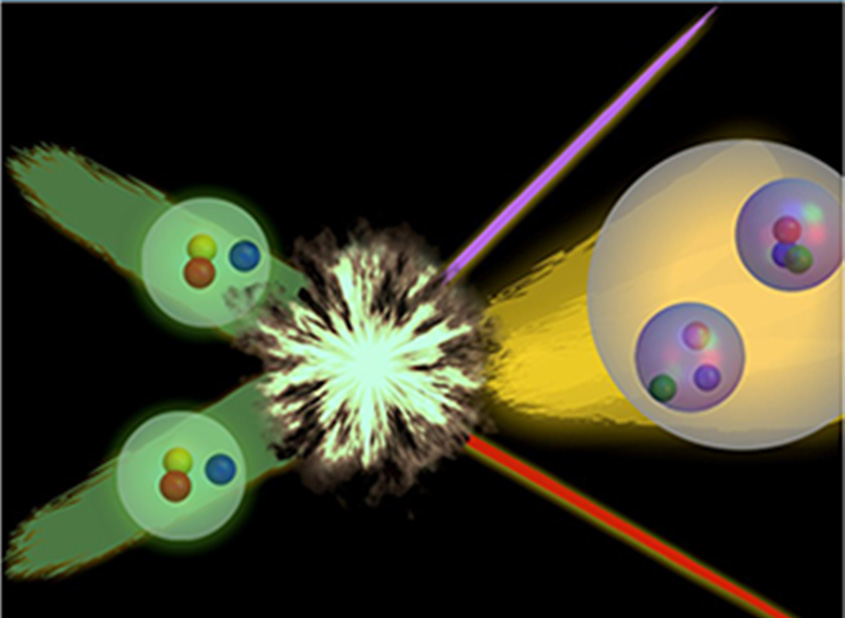
Proton-Proton Fusion: Powering the Sun
Large-scale simulations of quarks promise precise view of reactions of astrophysical importance.

Large-scale simulations of quarks promise precise view of reactions of astrophysical importance.
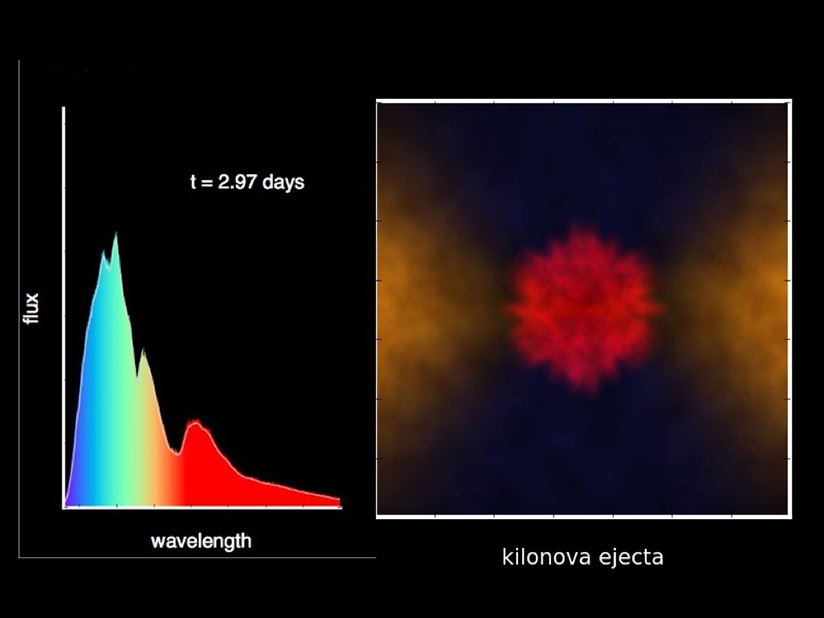
Gravitational wave observations combined with optical and gamma-ray data confirm earlier predictions, offer insights into how the galaxy produces lead, mercury, and other elements.
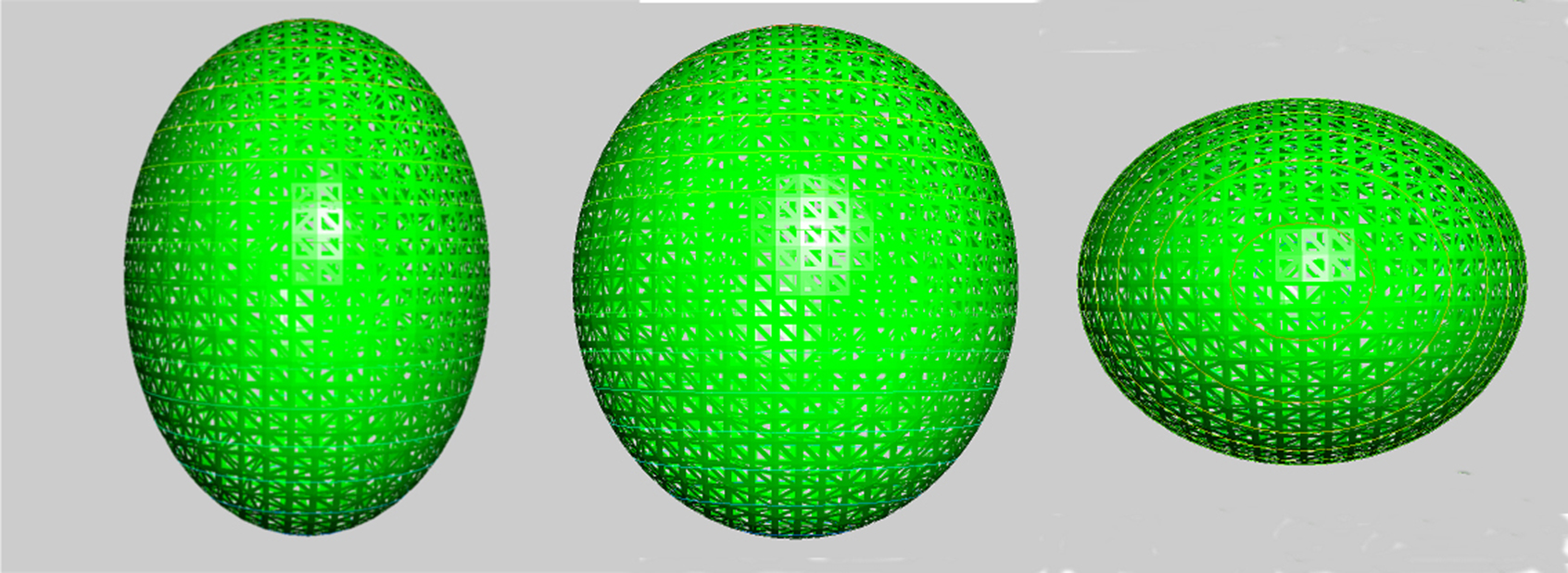
A new shape measurement of unstable 110Ru has found this nucleus to be similar to a squashed football.

Swirling soup of matter’s fundamental building blocks spins ten billion trillion times faster than the most powerful tornado, setting new record for “vorticity.”
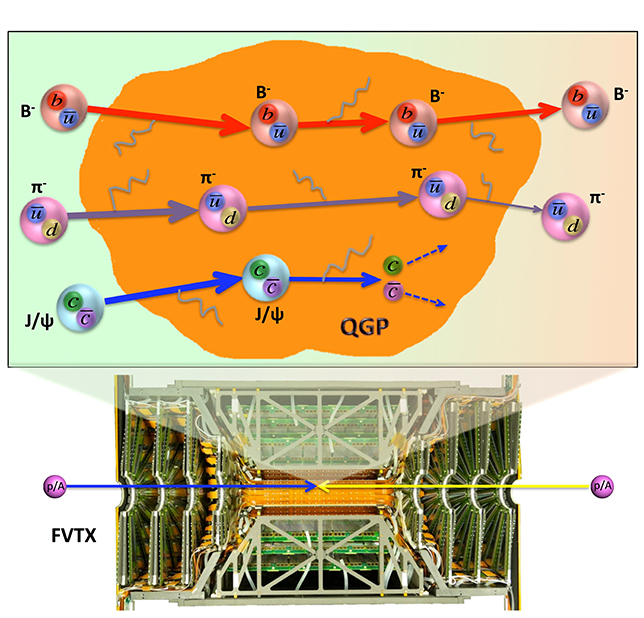
New studies of behaviors of particles containing heavy quarks shed light into what the early universe looked like in its first microseconds.
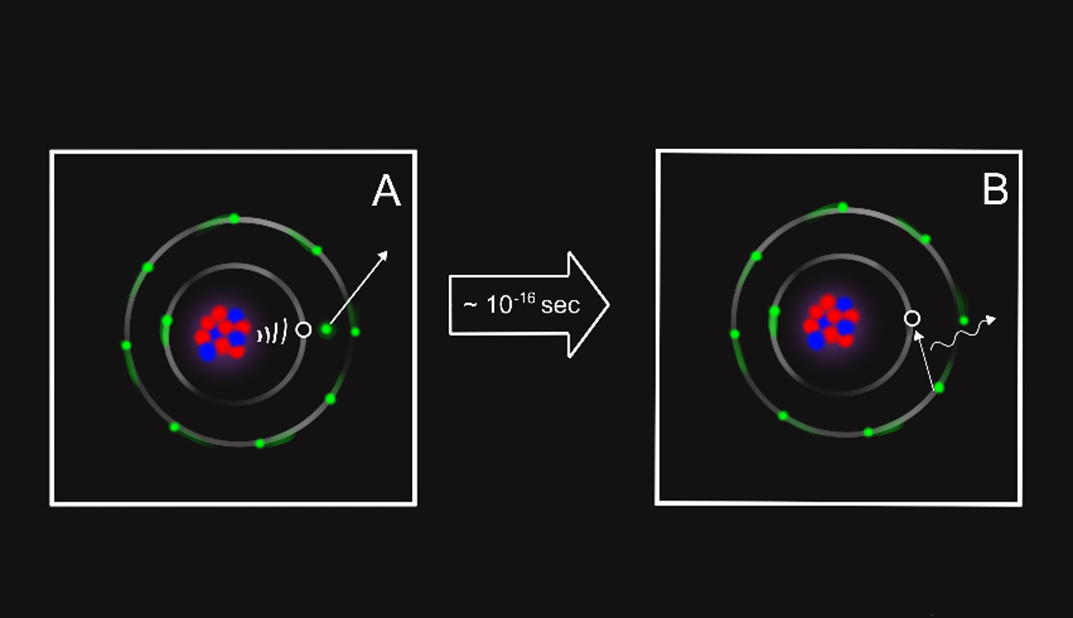
Simultaneous measurements of x-rays and gamma rays emitted in radioactive nuclear decays show that the vacancy left by an electron’s departure, not the atomic structure, influences whether gamma rays are released.
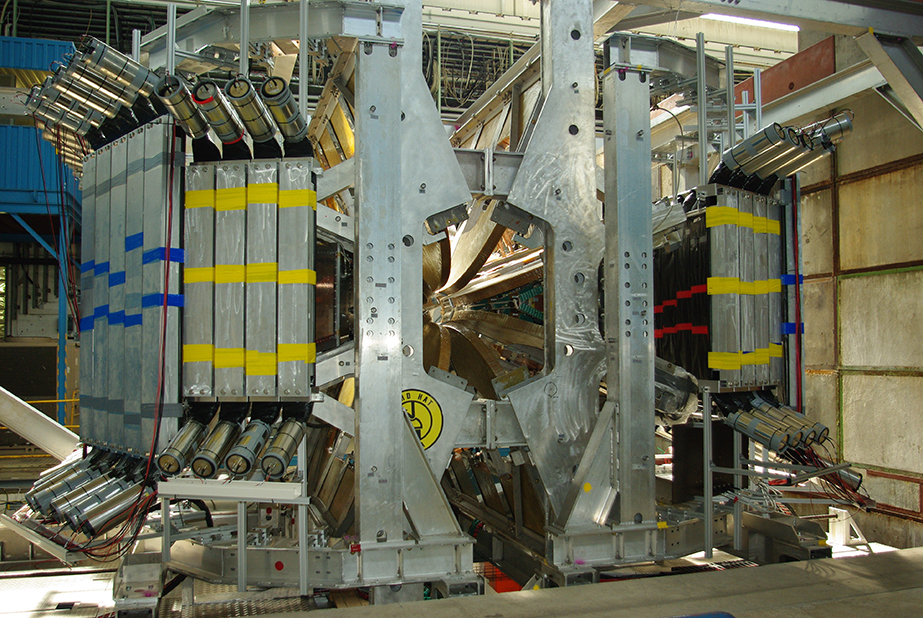
Seven-year study explains how packets of light are exchanged when protons meet electrons.
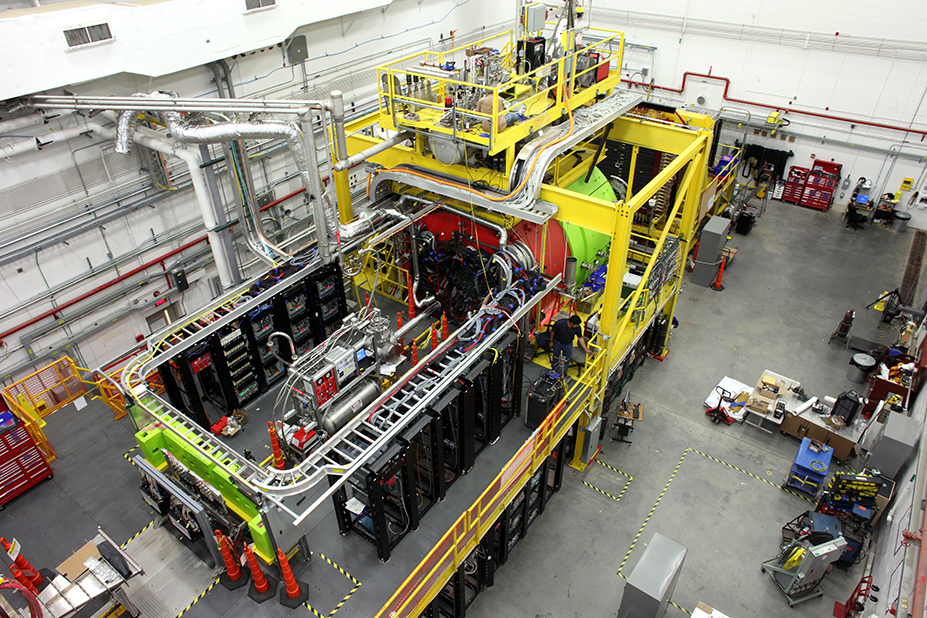
The newly upgraded CEBAF Accelerator opens door to strong force studies.
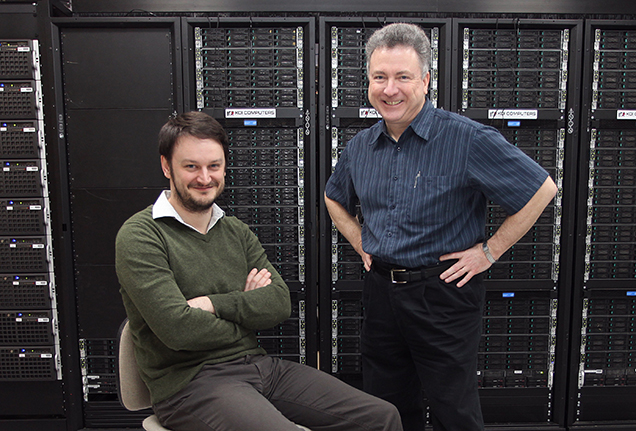
Calculations of a subatomic particle called the sigma provide insight into the communication between subatomic particles deep inside the heart of matter.
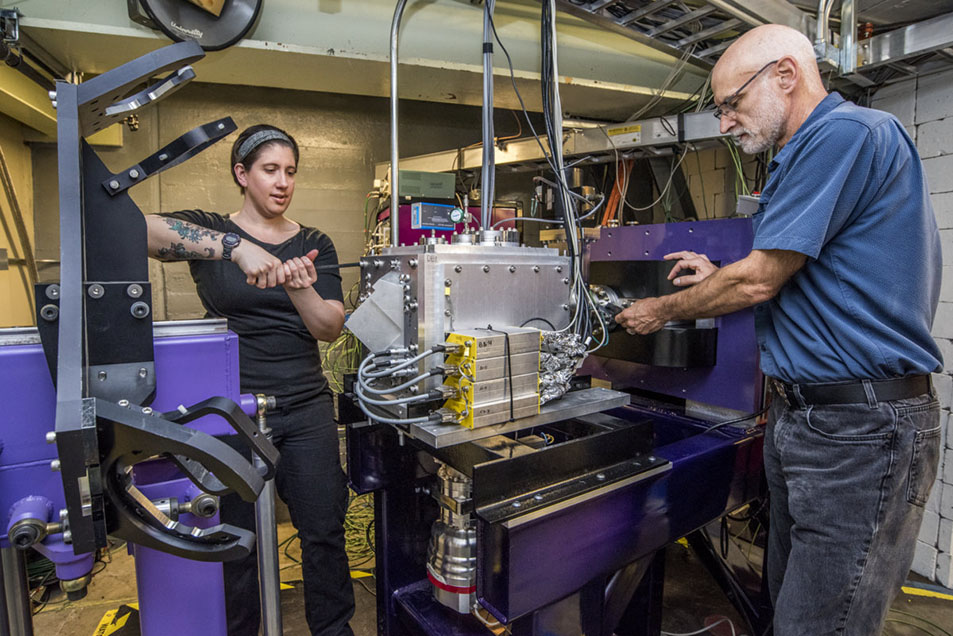
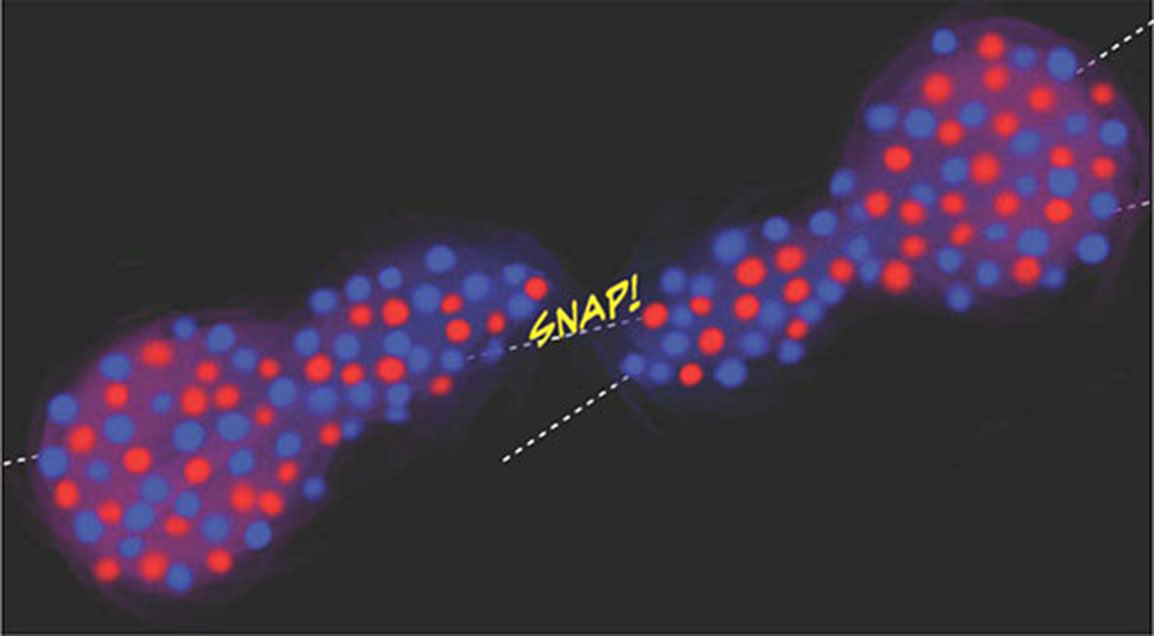
Like water, neutrons seek their own level, and watching how they flow may teach us about how the chemical elements were made.
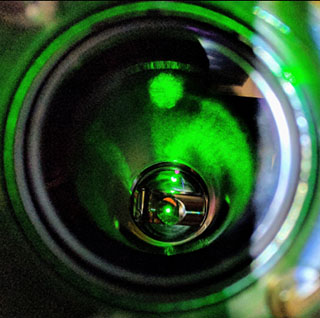
A new high-power green-light laser generates beam-cooling electrons at the Relativistic Heavy Ion Collider.
Signup for the Office of Science’s GovDelivery email service, and check the box for the Nuclear Physics Program in your subscriber preferences.
Subscribe